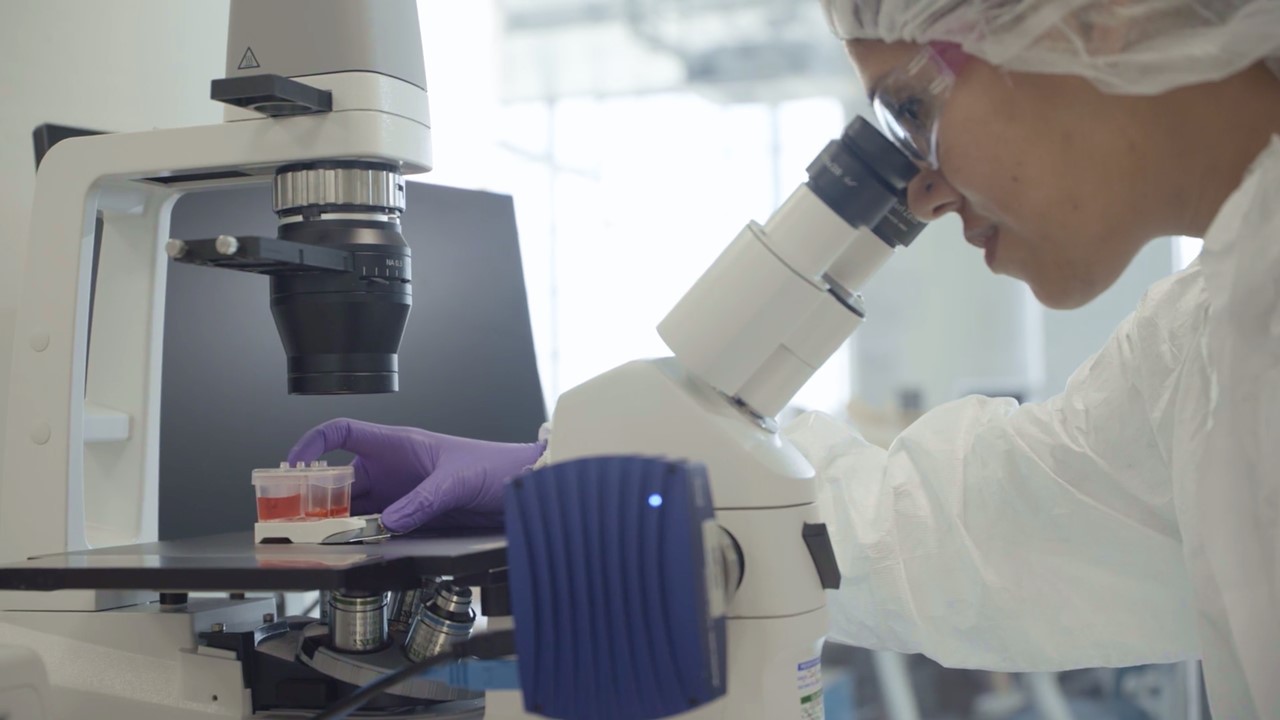16 October 2024 | Wednesday | News

Picture Courtesy | Public Domain
InSphero, the global leader in 3D cell culture technology, and scientists from the U.S. Food and Drug Administration's (FDA) National Center for Toxicological Research (NCTR) have published the largest-ever benchmarking study on liver toxicology using 3D InSight™ Human Liver Microtissues. The study tested the hepatotoxicity of 152 FDA-approved drugs, providing compelling evidence that this high-throughput safety platform can play a crucial role in early-stage drug safety testing, potentially reducing attrition rates. Most notably, 3D liver microtissues correctly flagged 80% of the compounds that were later withdrawn due to liver safety concerns.
The peer-reviewed paper, published in Toxicological Sciences, the official journal of the Society of Toxicology, marks a significant advancement in predicting drug-induced liver injury (DILI), a major cause of development discontinuation. InSphero's 3D InSight™ Human Liver Microtissues are unique in combining hepatocytes from ten individuals with other important liver cell types to recapitulate the physiology accurately. This results in a market-leading predictivity: 80% of the withdrawn drugs were correctly classified as toxic, while 89% of the safe drugs were labelled accurately, too. The results highlight the unprecedented predictive accuracy, particularly for liver-toxic drugs targeting the nervous system with an impressive 90% success rate.
"Our work with the FDA's NCTR is a breakthrough in liver toxicology research and sets a new industry standard," said Dr. Jan Lichtenberg, CEO and Co-founder of InSphero. "The 152 FDA-approved compounds used for this study had all undergone classical preclinical and clinical safety testing, including studies in animals. Despite this, some compounds were later withdrawn due to liver safety concerns. We were able to correctly flag 80% of these withdrawn compounds using a cost-efficient, highly biologically relevant, and fast in vitro assay. This provides a promising path to reducing attrition and improving safety testing in the future."
© 2026 Biopharma Boardroom. All Rights Reserved.